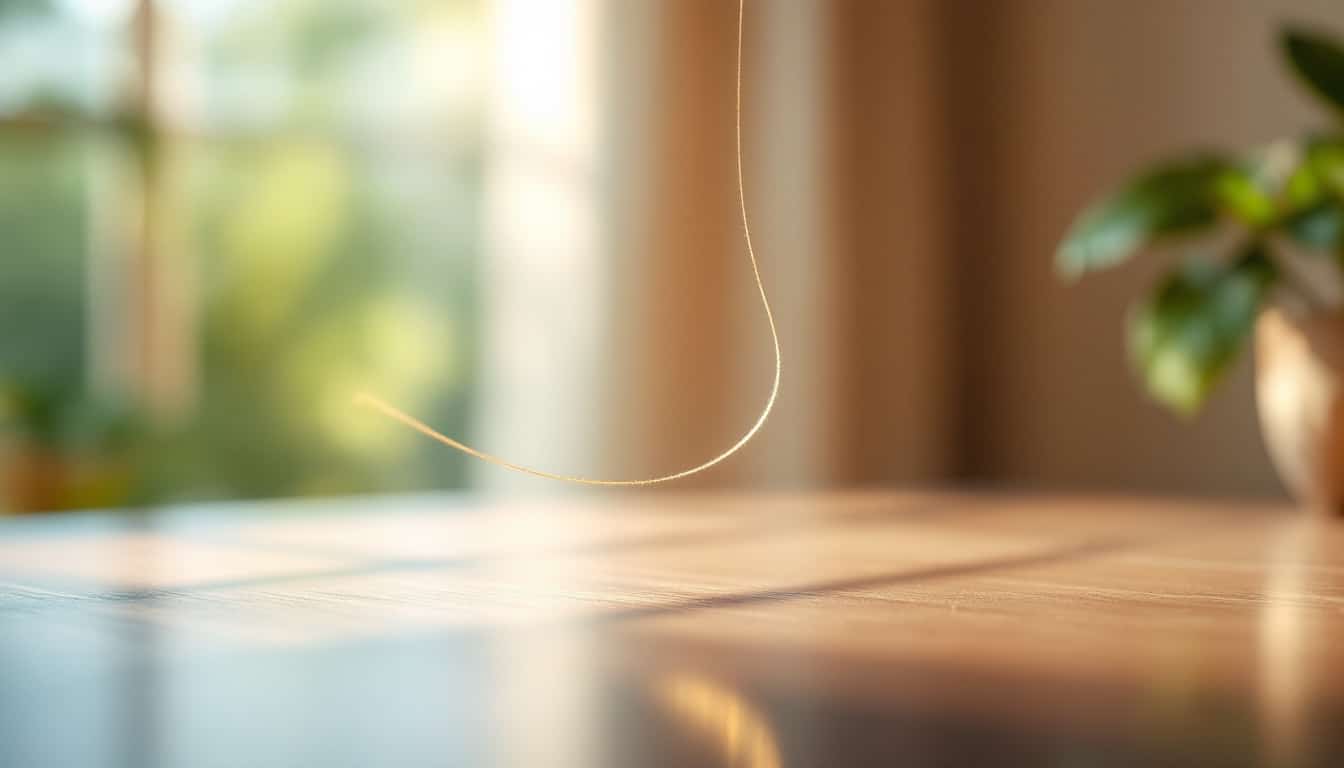The overload of information has become an unavoidable reality of our daily lives. Every morning, our inbox overflows with endless messages. Even when we think we have finally found a moment of respite, notifications persist.
This constant avalanche of emails, texts, and notifications seems inexhaustible. Connected devices, such as smartphones and Fitbits, constantly call out to us at every moment. Between medical appointment reminders, promotional offers, and unwanted calls, it becomes difficult to find a true moment of calm. This digital saturation is prompting more and more people to consider solutions to disconnect and regain balance.

Table des matières
ToggleWhy do we need silence in our digital daily lives?
In a world where information is flowing at a breathtaking speed, it is increasingly difficult to find moments of silence and calm. Every day, our personal inbox is inundated with a multitude of messages, often more than twenty with a single check. Not to mention the incessant notifications coming from our mobile phones, whether it’s promotions from Target, Amazon, or medical appointment reminders. This overload of information can lead to a feeling of exhaustion and constant stress.
The central question then is: how can we find spaces of silence in this digital ocean? The answer often lies in implementing effective strategies to manage our flow of information. For example, some opt for outdoor concerts like those of the wisdom violinist, who organizes 100 outdoor concerts, thus offering moments of tranquility away from screens and notifications.
The idea of creating spaces of silence is not just a question of comfort but also of mental well-being. Taking the time to disconnect helps reduce stress, improve concentration, and promote a better quality of life. Indeed, several studies show that information overload can have detrimental effects on our mental health, increasing the risk of depression and anxiety.
The consequences of the constant flow of messages
The constant flow of messages and notifications can have significant repercussions on our daily lives. Every time we check our email inbox, we are confronted with an avalanche of messages that can quickly become unmanageable. This overload can lead to a feeling of distress and emptiness, similar to what Rob Pitts, an iconic figure from Tex Mex Motors, experienced; his struggle against personal challenges exemplifies the consequences of information overload. For more information, check out this detailed article here.
In addition to emails, our mobile phones are an inexhaustible source of distractions. Between messages from Target, appointment reminders, and notifications from various services, it’s easy to feel overwhelmed. Even accessories like Fitbits contribute to this overload by constantly alerting us about our physical activities, incoming emails, or goals to reach. This accumulation of solicitations can lead to a decrease in our productivity and a loss of concentration.
Moreover, spam calls and unwanted messages contribute to this feeling of digital invasion. For instance, receiving two spam calls in one hour on your landline may seem trivial, but when accumulated over a day, these interruptions can seriously disrupt our balance and well-being.
Digital detox: how to go about it?
In the face of this digital overload, the notion of digital detox is becoming increasingly popular and necessary. But how can we implement an effective detox without completely cutting ourselves off from essential digital tools? The first step is to identify the main sources of distraction and gradually reduce them.
For example, knowing how to set your phone to “Do Not Disturb” mode can be an excellent starting point. This feature allows you to suspend notifications for a designated period, thus providing a well-deserved break. To find out how to activate this option, check our guide here.
Next, it is crucial to plan specific moments to disconnect. This can be as simple as designating an hour each day when you turn off your electronic devices. Participating in activities like the outdoor concerts mentioned earlier or spending time in nature can greatly help revitalize your mind and reduce stress.
Another important aspect of digital detox is replacing digital habits with relaxing activities. Reading, meditation, or even face-to-face social interactions are healthy alternatives that foster a better balance between the digital world and the real world.
Tools for better managing our digital interruptions
For those who find it difficult to disconnect completely, there is a multitude of technological tools designed to manage and reduce digital interruptions. Among these, time management applications and browser extensions can be particularly useful. These tools allow you to limit access to distracting websites or schedule regular breaks to avoid overload.
Furthermore, wearables like Fitbits can be configured to reduce non-essential notifications and focus on physical activities. By adjusting the settings, you can receive only important alerts, thereby minimizing constant distractions and promoting better time management.
A concrete example of effective use of technology for digital detox is the story of Dr. Ruth, who shared her final message on the fight against loneliness. By using digital tools intentionally, she was able to widely share her message while avoiding unnecessary distractions. This shows that it is possible to leverage technology while maintaining a healthy balance.
Finally, it is important to remember that managing digital interruptions is an ongoing process. It requires discipline and perseverance, but the benefits are well worth it. By adopting a proactive approach, you can transform your relationship with technology and regain calm and productivity in your daily life.
Testimonials: successful disconnection experiences
Nothing like personal testimonials to inspire and motivate those looking to undertake a digital detox. Several individuals share their successes and the benefits they have gained from it. For example, some people have chosen to spend entire weekends without electronic devices, discovering new passions and strengthening their interpersonal relationships.
Michel, a passionate editor-in-chief, himself experienced a digital detox. He recounts how setting aside his phone for a few hours each day allowed him to focus better on his work and appreciate moments of silence more. These regular breaks also contributed to enhancing his creativity and reducing his level of stress.
Another poignant testimony is that of Dr. Ruth, who managed to use technology thoughtfully to combat loneliness while avoiding digital excesses. Her final message, widely disseminated, touched many people and encouraged a more balanced approach to using digital tools. You can discover her complete story here.
Finally, the experiences of people who have participated in digital detox retreats show significant improvements in their mental well-being and productivity. Although some options, like retreats in nature, may not be accessible to everyone, more affordable alternatives exist, such as implementing daily routines aimed at reducing screen time.
These testimonials demonstrate that it is possible to regain a healthy balance with technology. By drawing inspiration from the experiences of others, everyone can find suitable methods to establish the necessary silence in their digital daily lives.
Your participation
What are your personal strategies for disconnecting from the wireless world? Do you have favorite activities, places, or retreats that allow you to undergo a digital detox? Share your experiences in the comments! Your testimonials can inspire and help others find their own balance between digital connectivity and well-being.








